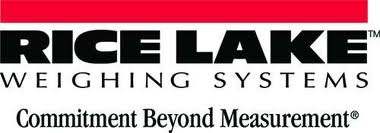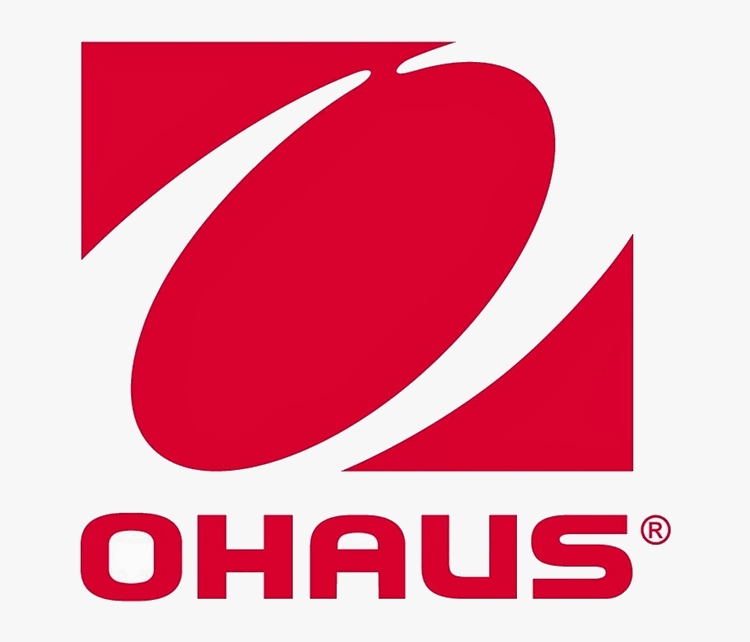I overheard one of my customers, a large manufacturer of corrugated boxes, complaining about a spill on the production floor. The spill cost them 4 hours of production down time because of the clean up. I later asked my contact about the problem and was told that their glue dispensing system had overflowed again. They use a liquid glue similar to Elmers Wood Glue to hold the boxes together. The glue is kept in a bulk storage tank and dispensed to each box forming line. Each line has a surge tank to keep a local supply on hand for immediate use. They had attempted to use many different methods to maintain a set level in their surge tanks, from floats to ultrasonic level sensors. Everything they tried failed. The glue would always end up coating the sensor and the tank would stop working or over flow. Even with regular maintenance these systems had an unacceptably high failure rate, with up to one spill a quarter.
I offered to help them with their overflow problem. The solution needed to be out of the box, literally and figuratively, since having the sensors inside the container meant they were susceptible to contamination. The surge tanks are made out of polypropylene and have flat bottoms. The first suggestion was to put the tanks on floor scales, but due to the overflow problems they have had they wanted the load cells to be protected. I designed a table for the floor scale that raised it 2 feet off the floor, then put a skirted cover over the deck that hangs down below the cells and feet. So, in the unlikely event that a spill occurs the load cells and feet are protected.
I chose the Rinstrum R420 for this application. The R420-K401-A is the base unit in its line. As a base unit it is still very powerful, with up to 32 digital I/O, and a set-point engine to run a process. After discussing the application with the customer we defined the following specifications:\
- An alarm needs to go off if the weight exceeds 80% of the capacity of the tank
- Another alarm needs to go off if the tanks weight goes below 25% of capacity.
- The tank level needs to be kept between 45% and 65% of capacity so that the glue is always above the heating coils in the tank.
- If the tank level is above 35%, an agitator needs to be turned on.
The R420 was set up with three free running set-points. Set-point 1 was set up for the high level alarm, and would activate if the gross weight went over the programmed level. Set-point 2 was set up as the low level alarm and activated under the programmed weight. Set-point 3 was used to turn on the agitator whenever the level was above the weight. Set-point 4 and set-point 5 turned the filling pump on and off to keep the tank at the optimal level.
The customer was delighted with the new system. They had been struggling with this problem for a long time, and no-one had ever considered using a scale to solve the problem. As scale salesmen and service technicians we think in terms of scales for every application. To our customers, scales are a very small portion of their lives, and as such may not be considered for simple applications such as this one. By keeping my eyes and ears open while visiting the customer I was able to find a great sale, and able to provide a simple solution that had been eluding my customer for years.









